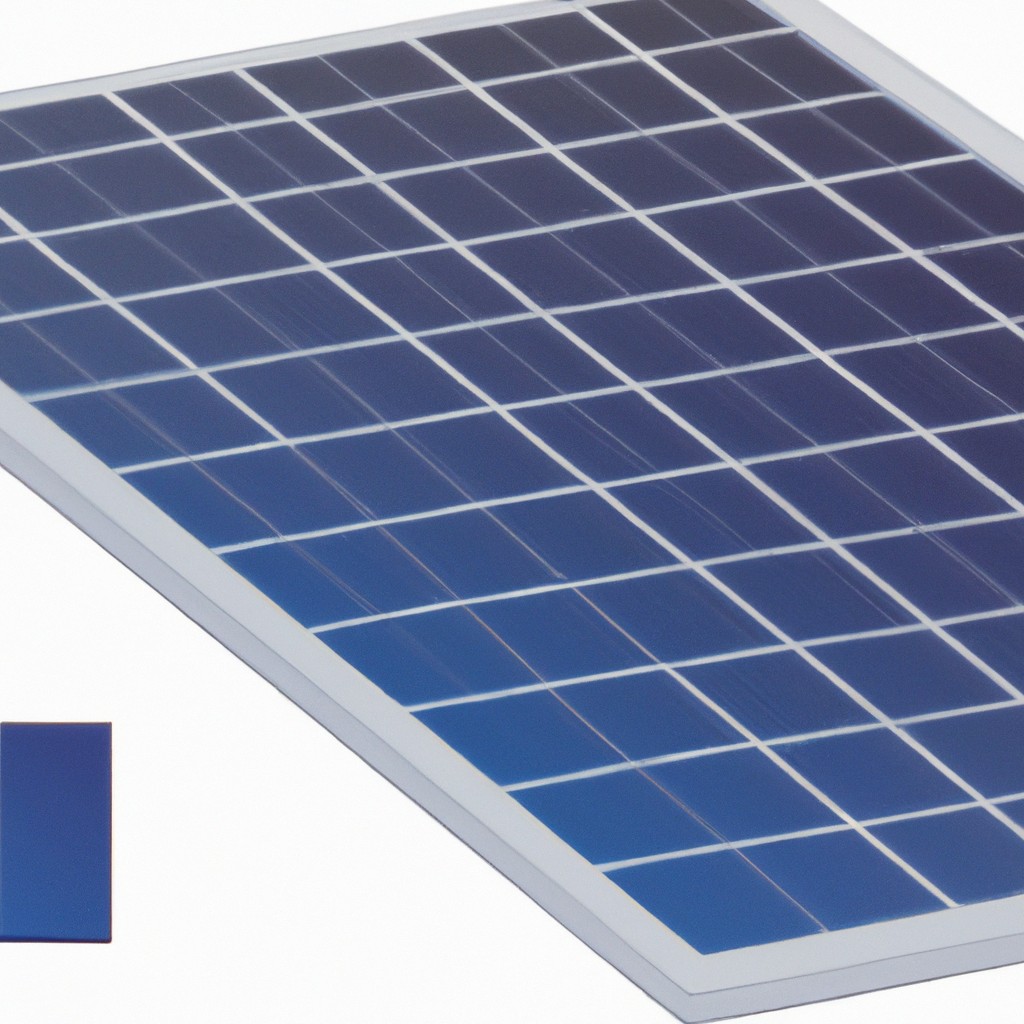This article provides a clear understanding of the cost of a single solar panel and factors affecting its price.
Key takeaways:
- Solar panels cost between 0 and 0 per panel.
- Factors affecting cost include panel capacity and technology.
- Economies of scale can lower the cost per watt.
- Consider energy needs and location when determining system size.
- The Federal Solar Tax Credit can greatly reduce installation costs.
Average Cost of One Solar Panel

Solar panels vary significantly in price, typically ranging from $200 to $250 per panel for residential units. The average cost is influenced by several factors including the panel’s capacity, measured in watts, and the technology it uses, such as monocrystalline or polycrystalline silicon. For instance, a standard panel with a capacity of 250 watts could cost around $0.70 to $1 per watt, which translates to $175 to $250 per panel.
Premium panels with higher efficiencies and more advanced technology like PERC (Passivated Emitter and Rear Cell) or bifacial designs can exceed these average prices. Conversely, less efficient or surplus panels can be found at lower price points.
Economies of scale also play a pivotal role; purchasing a single panel can be more expensive per watt than buying in bulk. The specific brand and warranty provided could further influence the unit cost of a solar panel.
Solar Panel Cost Factors
The price of an individual solar panel is influenced by several key elements.
Firstly, the type and quality of the solar panel can cause significant variation in cost; monocrystalline panels, known for high efficiency and sleek aesthetics, tend to be pricier than their polycrystalline or thin-film counterparts.
Secondly, the power capacity, measured in watts, directly impacts the price—the higher the wattage, the more you can expect to pay for a single panel.
Thirdly, the brand reputation and warranty offerings also contribute to the overall cost; well-established brands with robust warranties often command a higher price tag.
Additionally, technological innovations, such as built-in microinverters or solar panel bifaciality, can enhance performance but also add to the cost.
Finally, the region and particularly the local market demand can influence prices due to factors like available subsidies and the presence of competing solar providers.
Solar System Size and Energy Needs
Determining your energy requirements is crucial when considering the size of a solar panel system. Typically measured in kilowatt-hours (kWh), your monthly energy consumption can be found on utility bills. A standard home consumes about 900 kWh per month.
Here are the key points:
- Calculate Consumption: Start with your monthly electricity usage (kWh) to estimate the number of solar panels needed.
- Assess Sunlight: Understand that solar power potential varies by location, with more panels required in less sunny areas.
- Consider Efficiency: High-efficiency panels produce more power per square foot, potentially reducing the total number needed.
- Plan for the Future: Account for any anticipated increases in energy use, such as an electric vehicle or home expansion.
- Seek Professional Advice: Consult with solar installers for a precise assessment tailored to your home’s orientation, roof space, and shading.
Solar Panel Installation Cost Breakdown
When evaluating the installation costs for a single solar panel, several components contribute to the total expense. Labor makes up a significant portion, often ranging around 10% to 25% of the overall project cost. The complexity of the installation, such as the need for specialized mounting equipment or integration with existing electrical systems, can increase labor charges.
Besides labor, potential permitting fees should be considered. The local government may require permits for solar panel installation, and these can vary by location.
Electrical components that are necessary for a safe and functional solar setup—such as inverters, conduit, junction boxes, and sometimes batteries for storage solutions—also add to the overall cost.
Mounting hardware is essential to secure panels to the roof or ground, and its cost is influenced by the mounting system type and the materials utilized.
Finally, some companies include initial energy efficiency assessments and solar system design services in their installation packages, which can impact the price.
Understanding these factors underscores the variability in installation quotes and underscores the importance of obtaining multiple estimates to ensure competitive pricing and quality workmanship.
Use the Federal Solar Tax Credit
The Federal Solar Tax Credit, also known as the Investment Tax Credit (ITC), can substantially decrease the cost of your solar panels. For systems installed in 2023, this credit allows you to deduct 30% of the cost of installing a solar energy system from your federal taxes.
Here’s how to maximize its benefits:
- Eligibility: Ensure you have a federal tax liability against which the credit can be claimed. The ITC is available for both residential and commercial systems.
- Claiming the Credit: It’s a one-time credit, but if you don’t have enough tax liability in the current year, you can carry over the remaining credits to the next year.
- Installation Timing: To leverage the 30% rate, your solar panels must be installed and operational by the end of 2032. The credit steps down after that year.
- No Maximum Limit: There is no cap on the amount you can claim. Whether it’s a $10,000 or $50,000 system, the 30% rate applies.
- Save Documentation: Keep all receipts and documentation associated with your solar installation, as they will be needed when applying for the ITC on your federal tax return.
Taking advantage of the ITC can make investing in solar energy much more financially feasible, so it’s important to consider this when calculating the overall cost.




